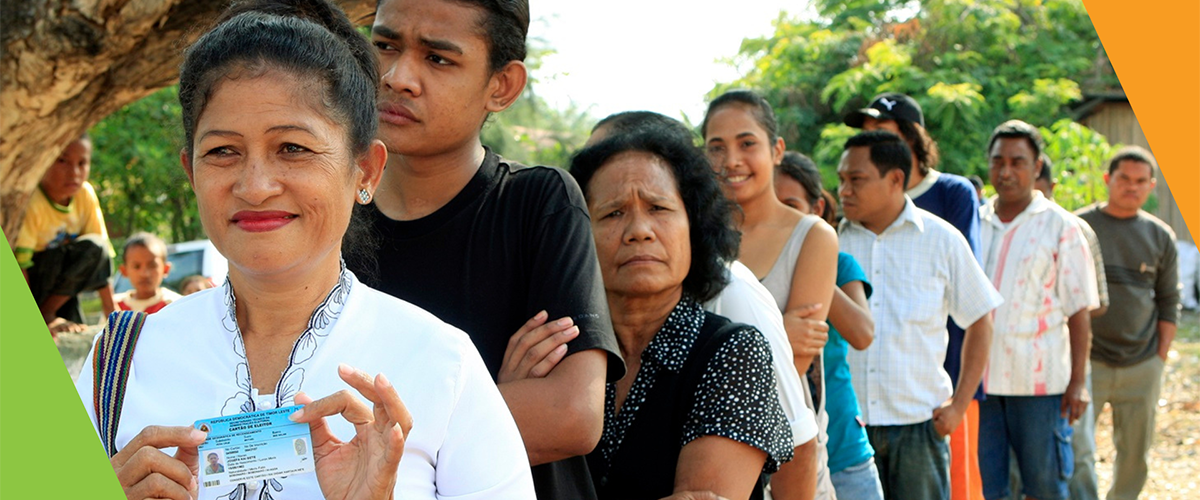Introducing the International Statistical Classification of Diseases in countries: Guidelines for implementing cause-of-death certification, morbidity and mortality coding
These basic guidelines are a tool for countries and regions that have not yet introduced correct cause-of-death certification according to the ICD, or established ICD morbidity and mortality coding practices for their data, and therefore cannot compare the health situation of their population to that of other countries. The tool is organised for easy reference and explains in a stepwise way how to go about establishing ICD certification and coding practices in a country or region.


















